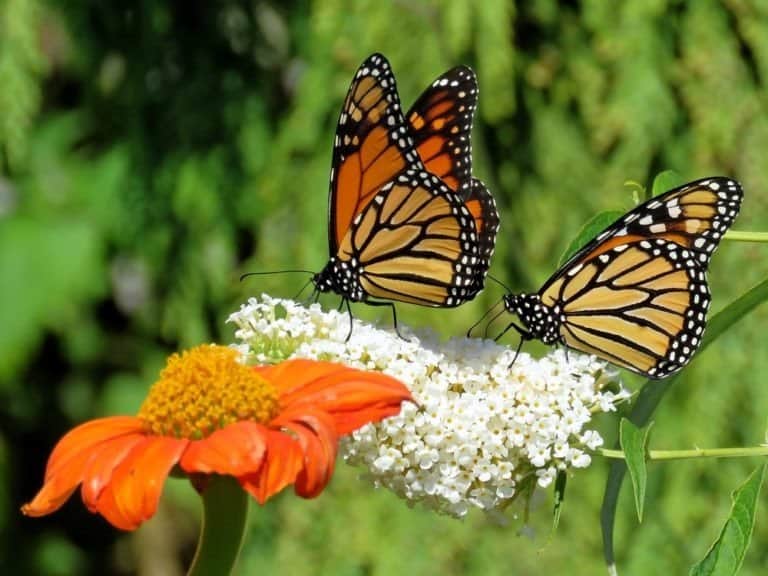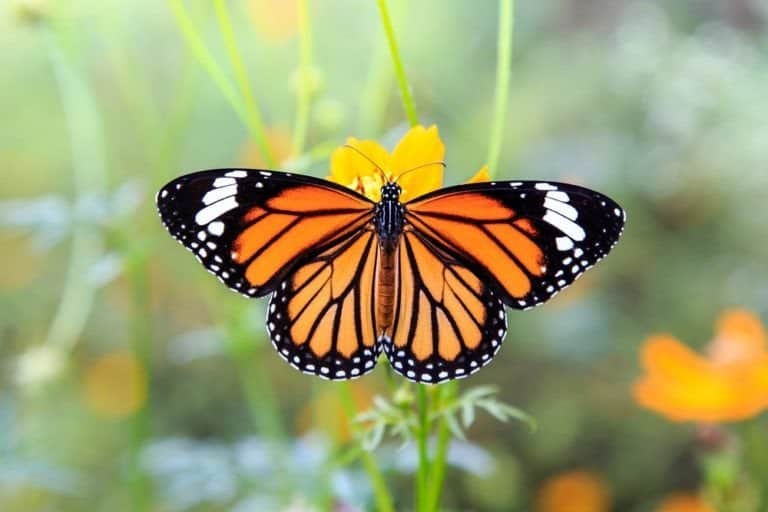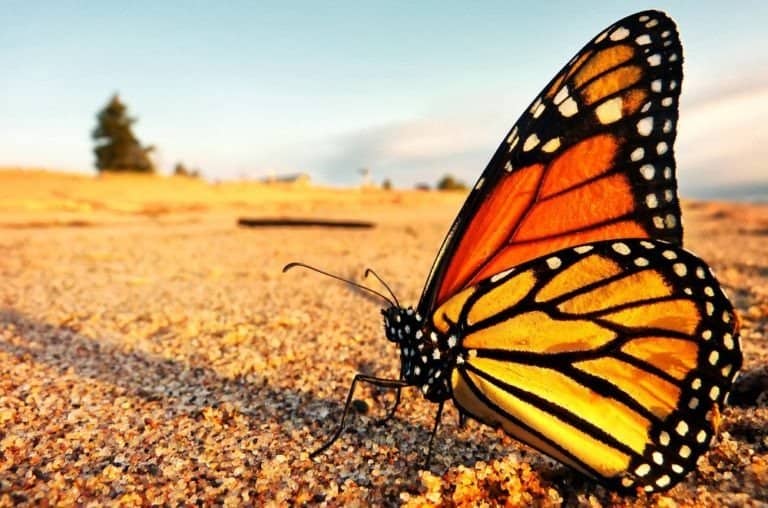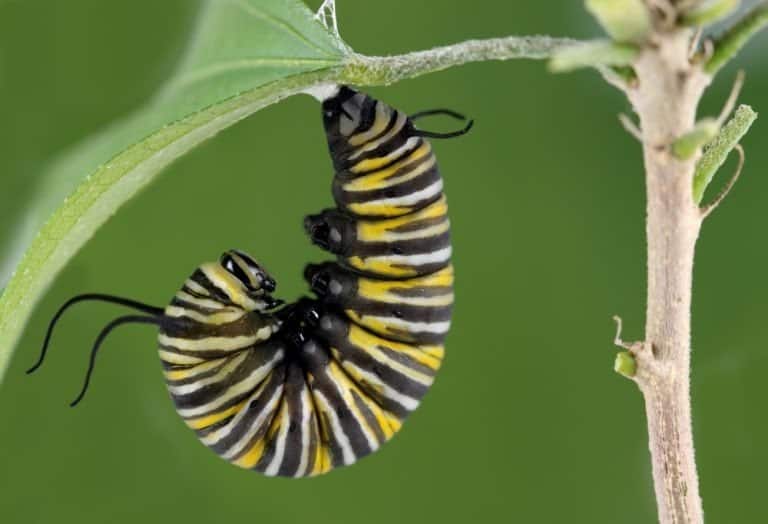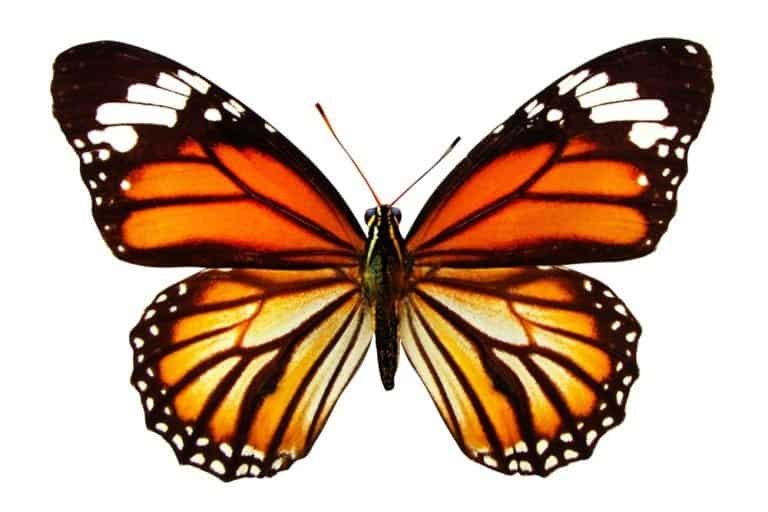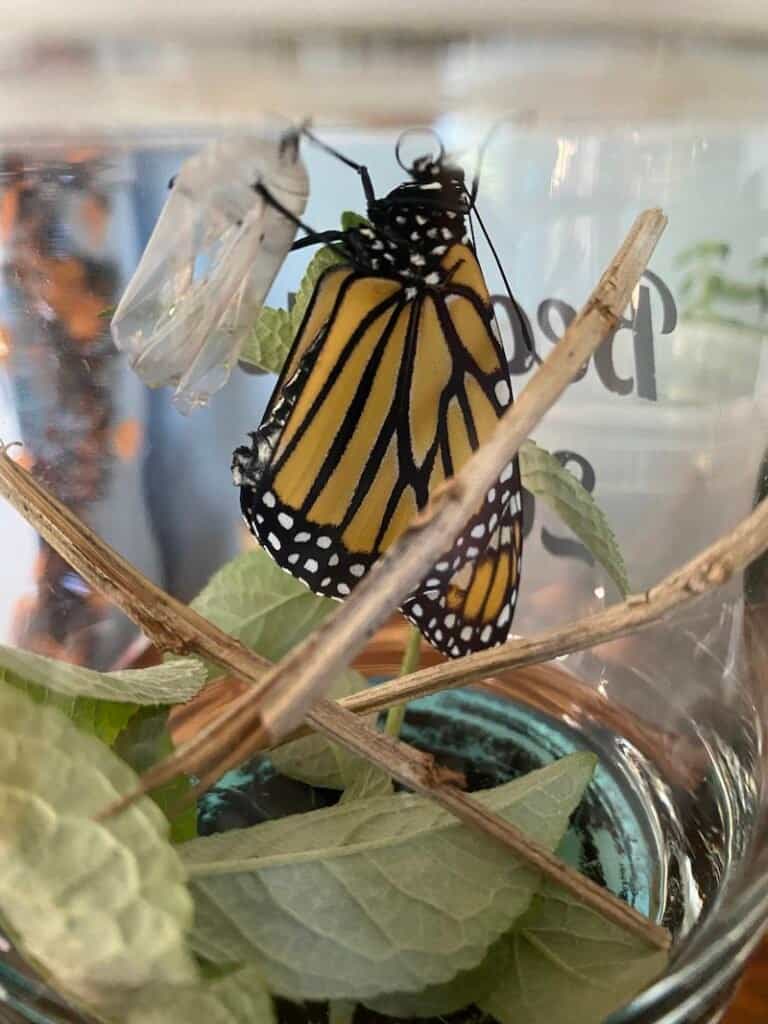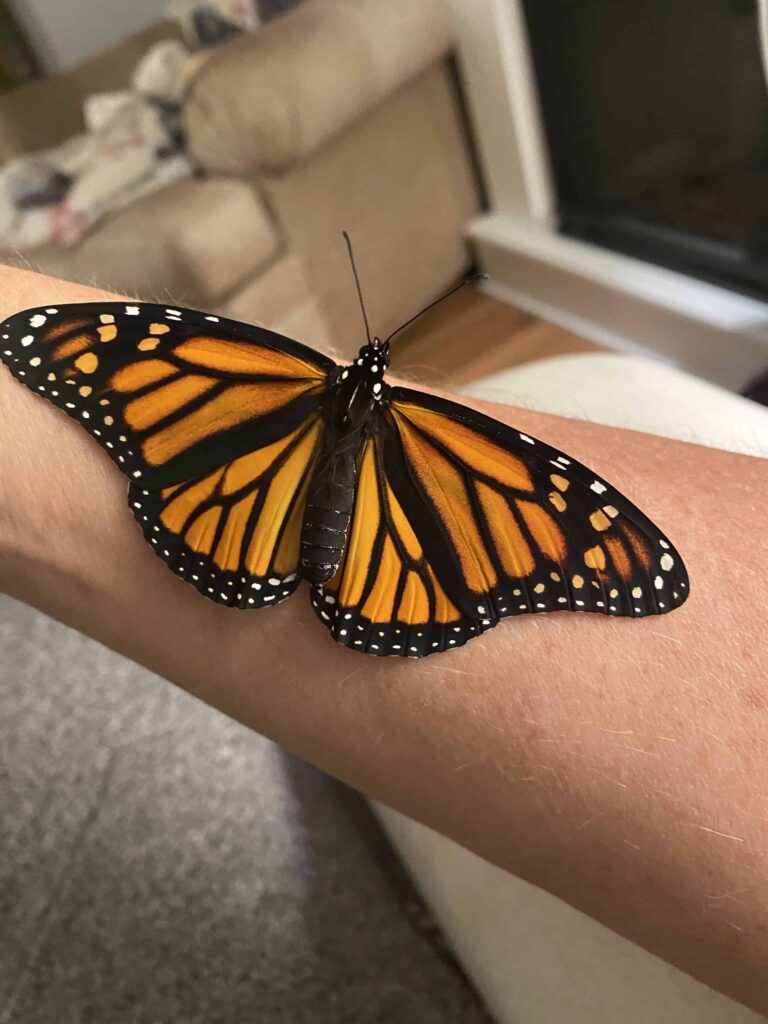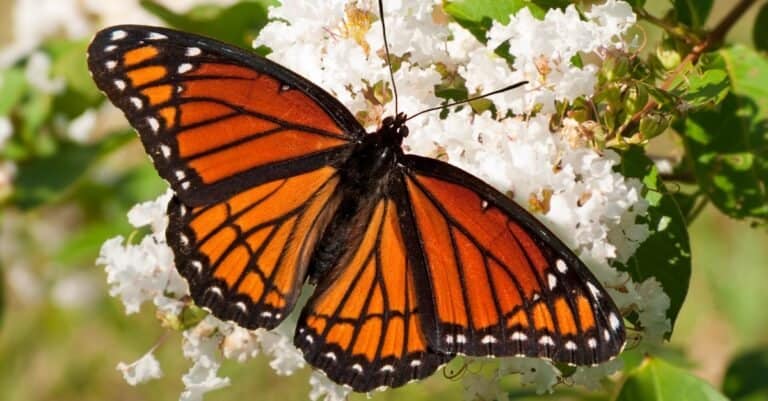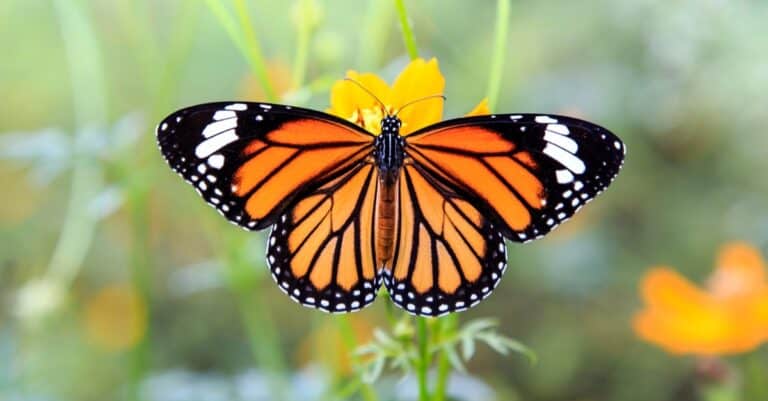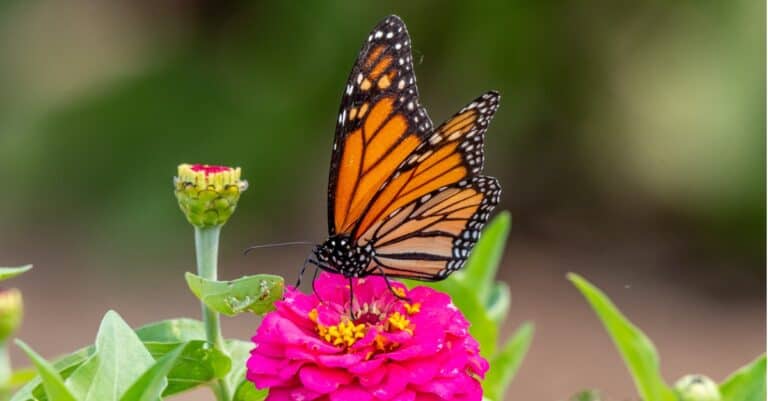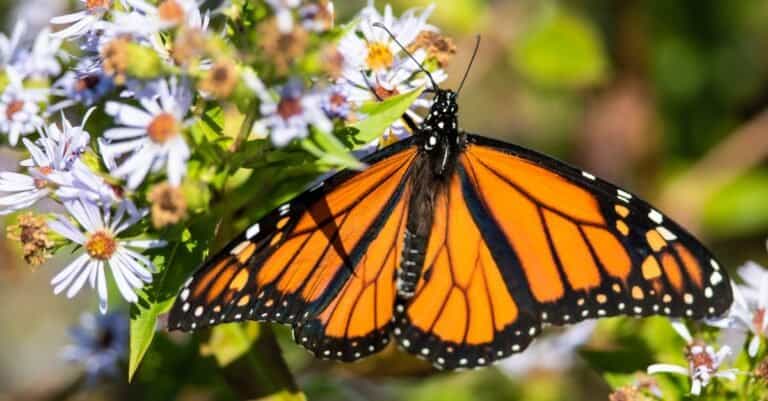Monarch Butterfly Animal Pictures
Danaus plexippus
Advertisement
Monarch Butterflies have a very distinct orange, black, and white coloring. They go through 4 stages: egg, larvae, pupa, and adult.
Two Monarch butterflies and flowers in garden on bank of the Lake Ontario in Toronto, Canada
Monarch Butterflies have a very distinct orange, black, and white coloring. They go through 4 stages: egg, larvae, pupa, and adult.
Monarch Butterfly Biosphere Reserve, Michoacan, Mexico
Monarch Butterflies have a very distinct orange, black, and white coloring. They go through 4 stages: egg, larvae, pupa, and adult.
Monarch butterfly on orange cosmos flowers
Monarch Butterflies have a very distinct orange, black, and white coloring. They go through 4 stages: egg, larvae, pupa, and adult.
A monarch butterfly takes a well deserved break on the shores of Lake Superior in Minnesota on its northward return to Canada from Mexico.
Monarch Butterflies have a very distinct orange, black, and white coloring. They go through 4 stages: egg, larvae, pupa, and adult.
Monarch butterfly (Danaus plexippus) and chrysalis cocoon
Monarch Butterflies have a very distinct orange, black, and white coloring. They go through 4 stages: egg, larvae, pupa, and adult.
Monarch butterfly larva hanging on a leaf
Monarch Butterflies have a very distinct orange, black, and white coloring. They go through 4 stages: egg, larvae, pupa, and adult.
Monarch butterfly isolated on white background
A monarch butterfly sitting on orange cosmos flowers in the spring.
Closeup of a monarch butterfly pollinating a bright pink zinnia flower - Michigan stock photo USA, Michigan, Monarch Butterfly, Pollination, Flower Closeup of a monarch butterfly pollinating a bright pink zinnia flower - Michigan
Monarch Butterfly
Monarch Butterfly on pink flower
Two Monarch Butterflies with wings spread on a Pink Cone Flower
The monarch butterfly is one of the more well-known lovely orange animals.
Two Monarch Butterflies with wings spread on a Pink Cone Flower
Butterflies don't bite because they don't have teeth.
What Do Butterflies Eat
Monarch Butterfly sipping nectar from a flower. The brightly-hued wings of the Monarch Butterfly act as a “warning sign” to deter hungry predators, as these butterflies are poisonous.
Two Monarch Butterflies with wings spread on a Pink Cone Flower
Much like birds so, the monarch makes a two-way migration — and it's the only butterfly known to do so. Using environmental cues, the monarchs know when it is time to travel south for the winter.

